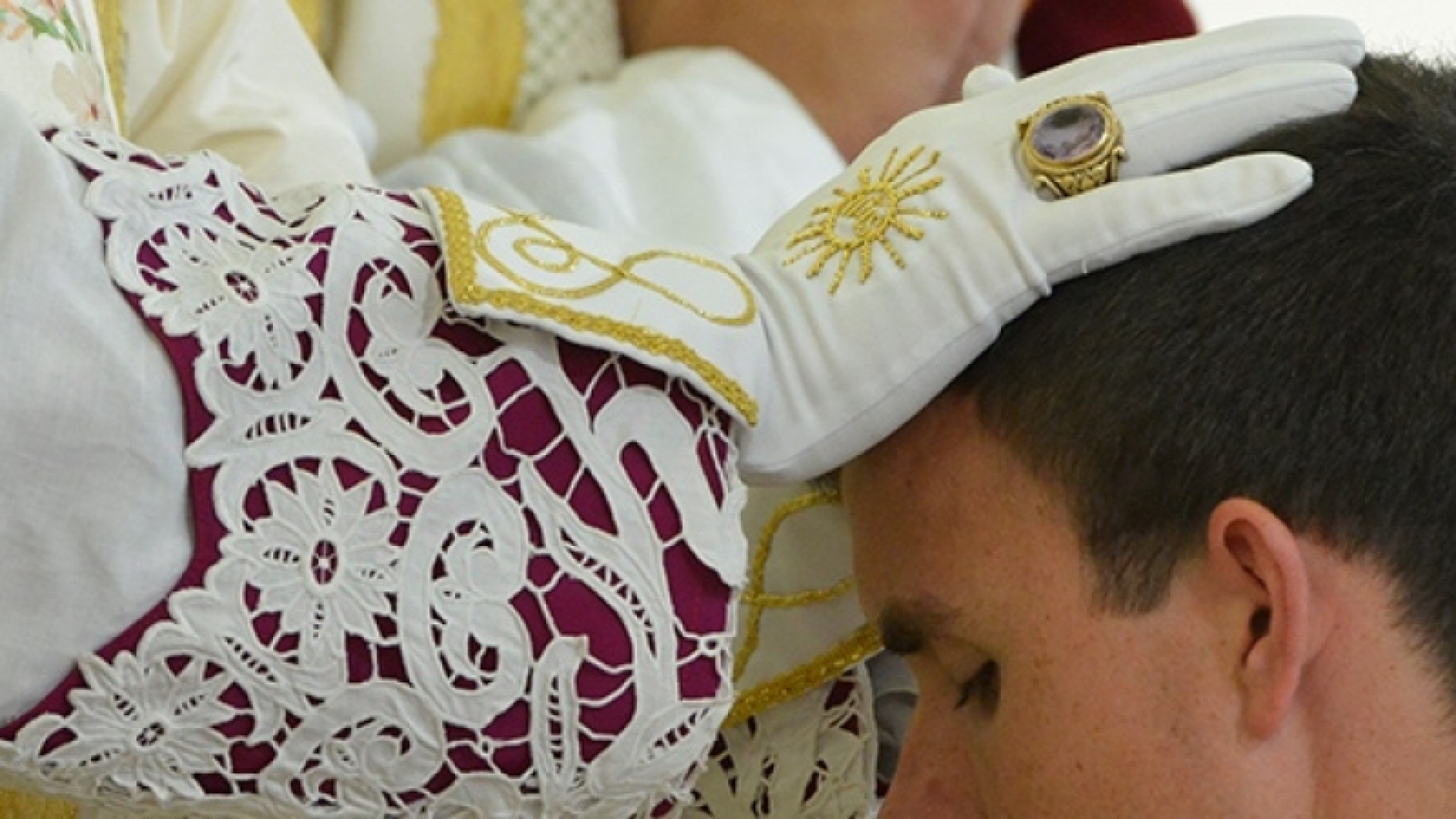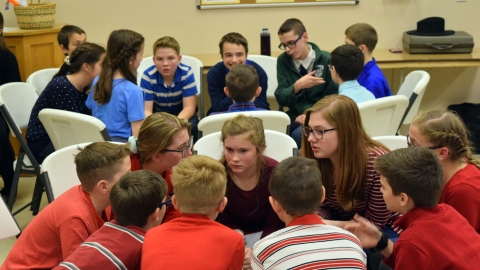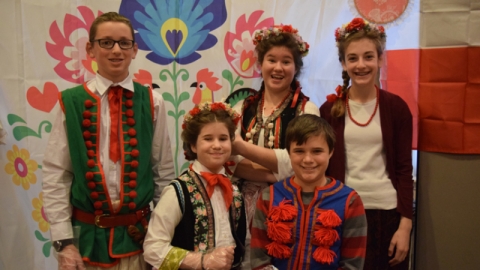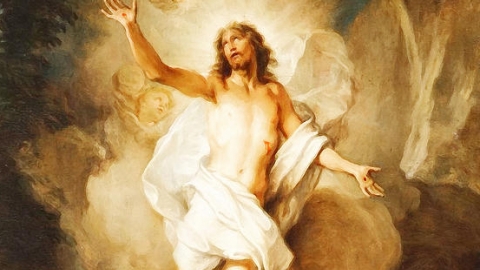The Priesthood, Mystical Heart of Christ

Amidst all the confusion today over the priesthood, particularly with regard to celibacy, it is helpful to recall to mind what the priest is, and what is the reason for his chastity.
Has not Christ, the eternal Word of the Father, besides this Body of flesh which He has assumed in order to unite Himself better to our nature, a Mystical Body which He formed with Love, and of which He is the Head?
And has not this Body like every living body, members and a heart? The Church is the Mystical Body of Christ, the faithful are its members, the Priesthood is its heart. Yes, the Priesthood is the heart of this living Body of which Christ is the Head!
A body dies if the head or the heart is mortally wounded, for it is from the head and the heart that life radiates through the entire body; but it can see many of its members fall off without the source of life drying up in it. Thus, the Church can at times see with sorrow some of its members perish, without its life failing; for its Head, Christ-Love, is immortal, and its Heart, its holy Priesthood grafted on Jesus, the eternal Priest, cannot perish.
According to the divine plan, the Priesthood, being the mystical heart of Christ and the true heart of the Church, is for the latter an organ of life as indispensable as the heart is for the human body. Without its Head, Christ, without its soul, the Holy Spirit, the Church would not exist; and without its heart, without its Priesthood which warms it and gives it life, it would be dead. It is by it that the divine movement which comes to it from its Head is communicated to all its members; that the life-giving blood of grace circulates even to its extremities; that the vital heat of love warms its members.
But what is the holy Priesthood in itself? It is a single organ, no doubt, but nevertheless composed of a multitude of parts. The Pontiffs, the priests, all the orders of the sacred hierarchy are its parts, its molecules, if we may so express it, which, united together, form the body of the Priesthood. The Priesthood is, then, what the parts which compose it are.
Now, the Priesthood is the heart of the Church, and in order that it perform in itself its operations of life, it must be robust and healthy; it must be free and ardent; its movement must be always full, always well balanced and always continuous.
I. It must be robust and healthy. It is its purity which makes it strong. The chaste priest is strong against himself, strong against the enemies who tempt him from within, and against those who attack him from without. By his purity he is raised above other men; he dominates them by his dignity and by the power which he acquires by the superhuman energy by which he conquers himself. By his purity he destroys the baneful germs which every man receives from his human descent, and if he cannot exterminate them completely, he renders them inactive.
II. It must be free and ardent: free from the obstructions which the hostility of the impious place in the way of the priest; free from human or ambitious views; free from seeking after sensual gratifications or human comfort; free from without, and free from within, with this true freedom which permits him to accomplish the work of Christ; but not with that false freedom demanded by certain independent, lawless spirits who trust only in themselves, and reject all legitimate authority.
III. The movement of the heart of the Church should be full, always well balanced and always continuous. If the priest leans on God for support, he cannot be shaken. In spite of the vicissitudes of earthly life, and in spite of his natural inconstancy, the faithful minister will accomplish the work of love without feebleness and without discouragement. He contributes his little share to vivify holy Church by the warmth of his zeal, by his active devotedness, by his ardent charity and especially by the gift of Jesus which he makes to souls.
— Source: Claret de la Touche, Mother Louise Margaret. The Sacred Heart and the Priesthood. TAN Books. Part 4, Chapter VIII.





